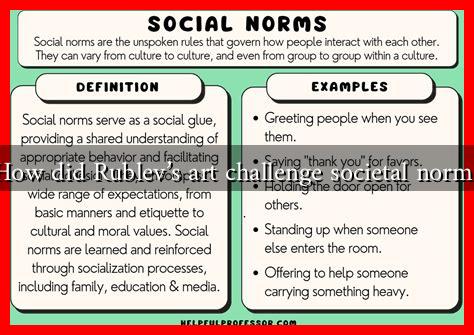-
Table of Contents
How Did Rublev’s Art Challenge Societal Norms?
Andrei Rublev, a 15th-century Russian icon painter, is often regarded as one of the greatest artists in the history of Russian art. His work not only reflects the spiritual and cultural ethos of his time but also challenges the societal norms of the era. Through his innovative techniques and profound themes, Rublev’s art transcended the limitations imposed by the socio-political landscape of medieval Russia. This article explores how Rublev’s art confronted and redefined societal norms, particularly in the realms of spirituality, individuality, and community.
The Spiritual Dimension of Rublev’s Art
Rublev’s most famous work, the “Trinity” icon, serves as a prime example of how his art challenged the conventional representations of spirituality. Traditionally, icons were used to convey religious narratives in a straightforward manner.
. However, Rublev’s approach was revolutionary:
- Emphasis on Emotion: Rublev infused his icons with a sense of warmth and emotional depth, inviting viewers to engage with the divine on a personal level.
- Innovative Composition: The “Trinity” icon features a harmonious arrangement of figures that symbolizes unity and community, contrasting with the more rigid and hierarchical compositions typical of the time.
- Use of Color and Light: His masterful use of color and light creates a transcendent atmosphere, encouraging contemplation and spiritual reflection.
By focusing on the emotional and communal aspects of spirituality, Rublev’s work challenged the prevailing notion that religious art should be didactic and austere. Instead, he proposed that art could serve as a medium for personal connection with the divine.
Individuality in a Collective Society
In medieval Russia, the societal structure was heavily influenced by the Orthodox Church and feudalism, which often suppressed individual expression. Rublev’s art, however, subtly promoted the idea of individuality within a collective framework:
- Unique Characterization: In his icons, Rublev portrayed saints and biblical figures with distinct personalities, moving away from the generic representations common in earlier works.
- Personal Narratives: His art often included elements that reflected personal stories and experiences, allowing viewers to see themselves in the narratives.
- Humanization of the Divine: By depicting divine figures with human emotions and vulnerabilities, Rublev invited viewers to relate to them as individuals rather than distant, abstract entities.
This emphasis on individuality was a radical departure from the norms of his time, where conformity was often valued over personal expression. Rublev’s work encouraged a more nuanced understanding of identity within the context of community.
Community and Social Harmony
Rublev’s art also addressed the theme of community, which was particularly relevant in a society marked by division and strife. His works often depicted scenes that emphasized unity and harmony:
- Symbolism of Togetherness: The “Trinity” icon, for instance, symbolizes the unity of the Father, Son, and Holy Spirit, serving as a metaphor for human relationships and community.
- Encouragement of Dialogue: Rublev’s art invites viewers to engage in dialogue about faith, morality, and social responsibility, fostering a sense of collective identity.
- Reflection of Societal Values: His works often reflect the values of compassion, forgiveness, and love, challenging the societal norms that prioritized power and hierarchy.
By promoting these ideals, Rublev’s art served as a catalyst for social change, encouraging viewers to aspire to a more harmonious existence.
Conclusion
Andrei Rublev’s art was not merely a reflection of the spiritual and cultural landscape of medieval Russia; it was a profound challenge to the societal norms of his time. Through his innovative techniques and themes of spirituality, individuality, and community, Rublev redefined the role of art in society. His work continues to resonate today, reminding us of the power of art to inspire personal connection, promote individuality, and foster social harmony. As we reflect on Rublev’s legacy, we are reminded that art can be a transformative force, capable of challenging the status quo and inspiring change.
For further exploration of Rublev’s impact on art and society, consider visiting the Russian Art and Culture website.





